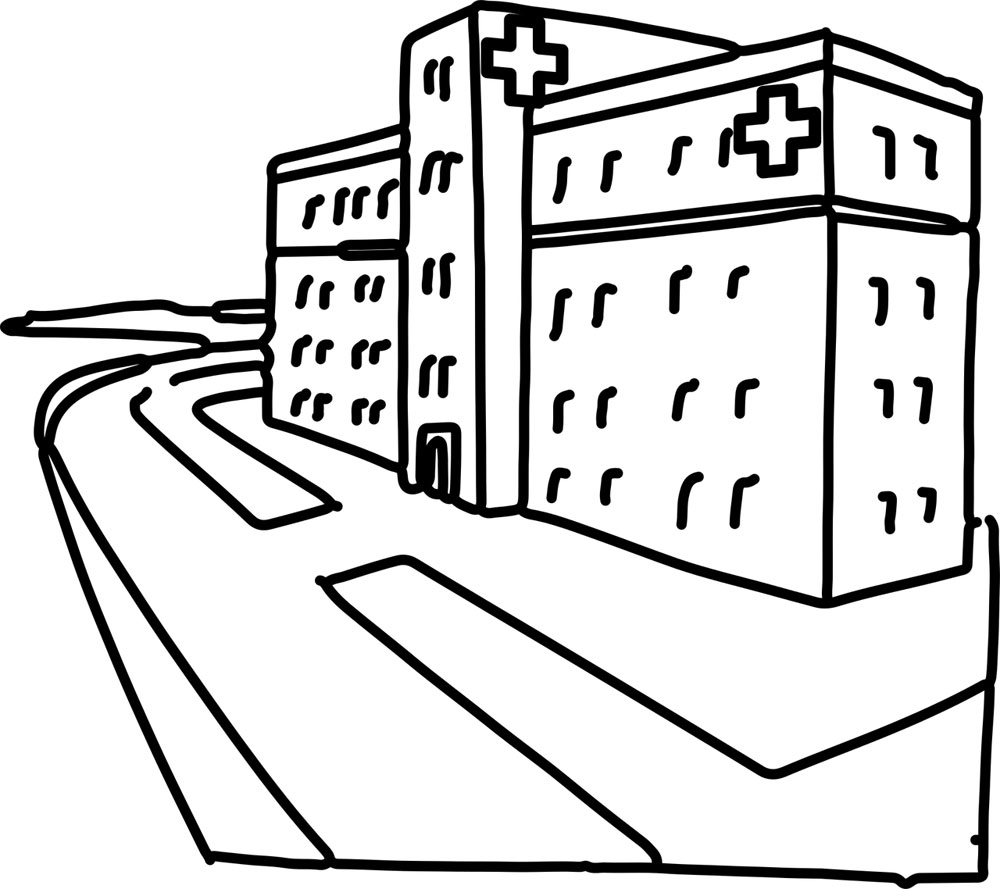
November 22, 2020; Salon
National Nurses United (NNU) recently released a report aptly named Fleecing Patients, a review of the portion of our nation’s spending on healthcare that goes to hospitals. They found that in our healthcare marketplace, hospitals on average charge patients a little more than four times the cost of their care. For-profit-owned hospitals, however, charge 671 percent of cost against 377 percent in nonprofits and 276 percent in government facilities.
This profitmaking is creating wealth while impoverishing many: “US hospital profits, pushed upward by high charges, hit a record $88 billion in 2017, and fell slightly in 2018 to $83.5 billion. Since 2013, hospital profits have increased by 21 percent. Over the last 20 years, hospital profits have increased by 411 percent. In total, hospitals have received nearly a trillion dollars in net income.”
Following a trend NPQ has noted in other health related institutions, the report shows that hospitals owned by for-profit chains tend to have the highest charge-to-cost ratios. From the report:
Sign up for our free newsletters
Subscribe to NPQ's newsletters to have our top stories delivered directly to your inbox.
By signing up, you agree to our privacy policy and terms of use, and to receive messages from NPQ and our partners.
- Of the 100 hospitals with the highest charges relative to their costs, for-profit corporations own or operate 95 of them. All of the top 100 hospitals are owned by hospital systems, as opposed to being independently operated community hospitals. The top system is HCA Healthcare, which owns 53 of these hospitals, including the hospital with the highest charge-to-cost ratio in the US. Community Health Systems was second with 18 hospitals, in the top 100
- For the 100 hospitals with the lowest charge-to-cost ratios, nearly two-thirds do not belong to systems. Only two of the lowest 100 are operated by for-profit corporations, while 60 are owned by government agencies, including four hospitals whose charges do not exceed their costs.
- Higher charge-to-cost ratios tend to be strongly associated with higher hospital profits.
Patients who have the support of programs like Medicare and Medicaid, and those with the benefit of private health insurance policies, are insulated from the full weight of these charges. Hospitals and insurers negotiate their own lower fees, and those insured need only pay deductibles and co-pays. But for those who are not within the current safety-net of government insurance, or able to obtain strong private insurance from their employer, or afford it on the open market, the burden is crushing. FAIR Health, a nonprofit organization “established to bring transparency to healthcare costs and health insurance information” recently reviewed the costs for coronavirus-related hospitalizations. Their research shows how the drive for profit punishes the uninsured as the pandemic rages: “The total average charges per patient range from $74,310 for patients with major complication or comorbidity…to $42,486 for patients with no complication or comorbidity. The total average estimated allowed amounts per commercially insured patient range from $38,755 to $21,936.”
The debate over the best way to fix things remains heated, even after Election Day. Some see a solution in scrapping the Affordable Care Act and replacing it with a new universal public system—“Medicare for all.” Others, President-elect Biden among them, call that a step too far; they seek to amend the current system by including a “public option” under the ACA umbrella to give every person in the country access to affordable coverage. Still others, like the mass of the exiting administration, say we should remove government from the scene and allow the market and private philanthropy to tend to those who cannot afford their own care.
If we learn anything from our COVID-19 experience, it should be how each person’s health can affect that of those with whom they live, work, study, and play. Anyone’s inability to get treatment is a problem that spreads beyond that one person. From this perspective, keeping things as they are, or making them worse by ending the ACA entirely, are nonstarters. It’s urgent we figure out how to get universal coverage in place quickly. As the Commonwealth Fund recently observed, “It would be a missed opportunity for America to ignore lessons about universal coverage from other countries out of a fear that they ration health care more than we do…in reality, more people in the US forgo needed health care because access to care is rationed through lack of access to adequate insurance or unaffordable services and treatments.”—Martin Levine













